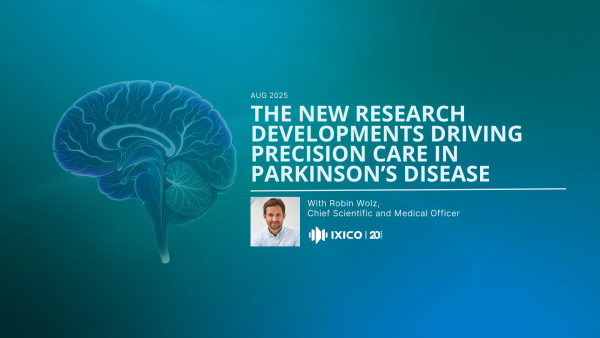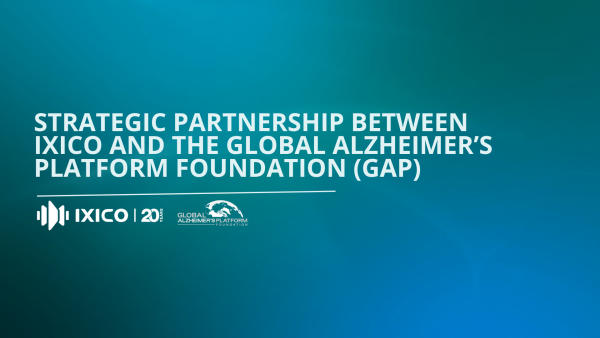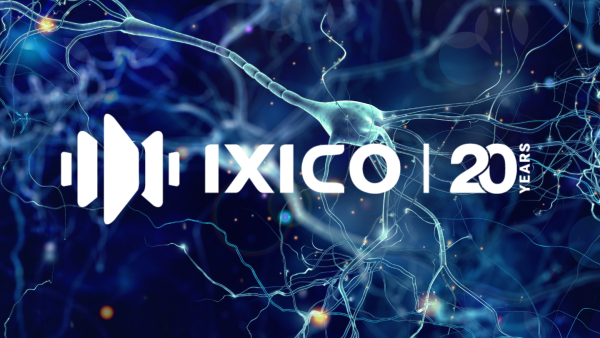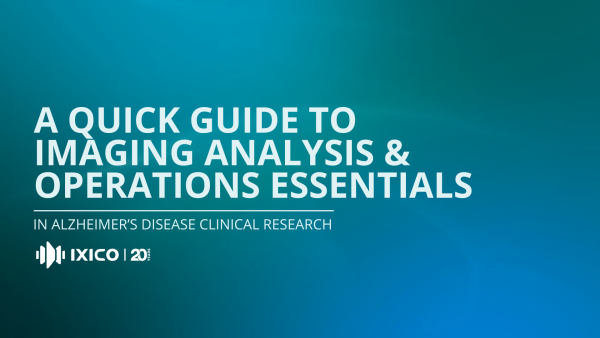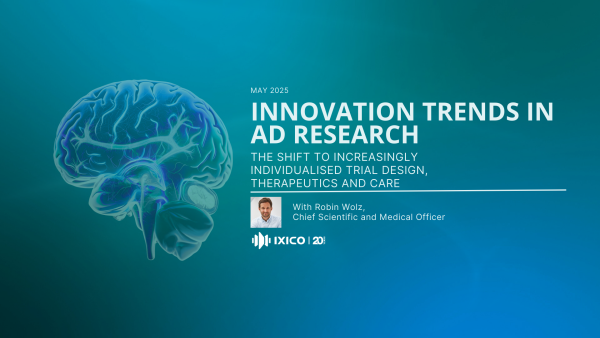News & Resources
The New Research Developments Driving Precision Care in Parkinson’s Disease
Parkinson’s disease (PD) research is advancing rapidly, driven by innovations in neuroimaging, biomarker science, and therapeutic development. The field is moving beyond symptom management toward biologically grounded strategies for early diagnosis, disease staging, and modification. Biomarker-Driven Staging: The NSD-ISS Framework A major shift is underway in how PD is diagnosed and staged.

IXICO and Global Alzheimer’s Platform Foundation Announces Strategic Collaboration and Partnership for the Transformative Bio-Hermes-002 Study
IXICO joins collaborative study of new biomarkers designed to improve diagnosis of Alzheimer's disease and dementias London, UK July.
Imaging of Neurodegeneration within the NIA-AA Research Framework: The ‘N’ in the AT(N) Scheme
Imaging of Neurodegeneration within the NIA-AA Research Framework: The ‘N’ in the AT(N) Scheme Alzheimer’s disease (AD) is the most common form of dementia, affecting millions globally. As research shifts increasingly toward earlier diagnosis and targeted interventions, including risk factors, biomarker-based frameworks have become essential tools for guiding both clinical research and drug development.

Revenues anticipated to be ahead of expectations for the year ending 30 September 2025
17 July 2025 IXICO plc (AIM: IXI) – London, UK. IXICO, a global leader in neuroscience imaging and biomarker analytics, using its AI-driven platform to help advance drug development in neurological disorders, today provides a trading update for the financial year ending 30 September 2025. The Company anticipates revenues to be at least £6.

IXICO assists first FDA clearance of new Alzheimer’s Disease blood based diagnostic biomarker
10 June 2025 IXICO plc (AIM: IXI) – London, UK. IXICO, a global leader in neuroscience imaging and biomarker analytics, using its AI-driven platform to help advance drug development in neurological disorders, today outlined its role in the validation of a new Alzheimer’s Disease (AD) diagnostic biomarker for client Fujirebio Diagnostics, Inc.
Biomarkers and imaging in Alzheimer’s disease: Understanding Amyloid and Tau within the ATN Framework
Beta-Amyloid and tau accumulation in Alzheimer’s disease Drug development for Alzheimer’s disease (AD) continues to face significant challenges, largely due to the limited availability of reliable biomarkers and the high risk of trial failure.
A Quick Guide to Imaging Analysis & Operations Essentials in Alzheimer’s Disease Clinical Research
Why is harmonisation of imaging protocols important in Alzheimer's disease clinical trials? Harmonisation of imaging protocols is crucial in Alzheimer's disease clinical trials for several reasons. Firstly, it ensures consistency and accuracy across different trial sites, which is essential for reliable data collection and analysis.
Innovation Trends in AD Research –the shift to increasingly individualised trial design, therapeutics and care.
Innovation Trends in AD Research –the shift to increasingly individualised trial design, therapeutics and care. Alzheimer’s disease (AD) research is entering a new phase of innovation, highlighted by a number of advances presented at recent conferences such as CTAD 2024 in Madrid and AD/PD 2025 in Vienna.
17-24 of 183 results
